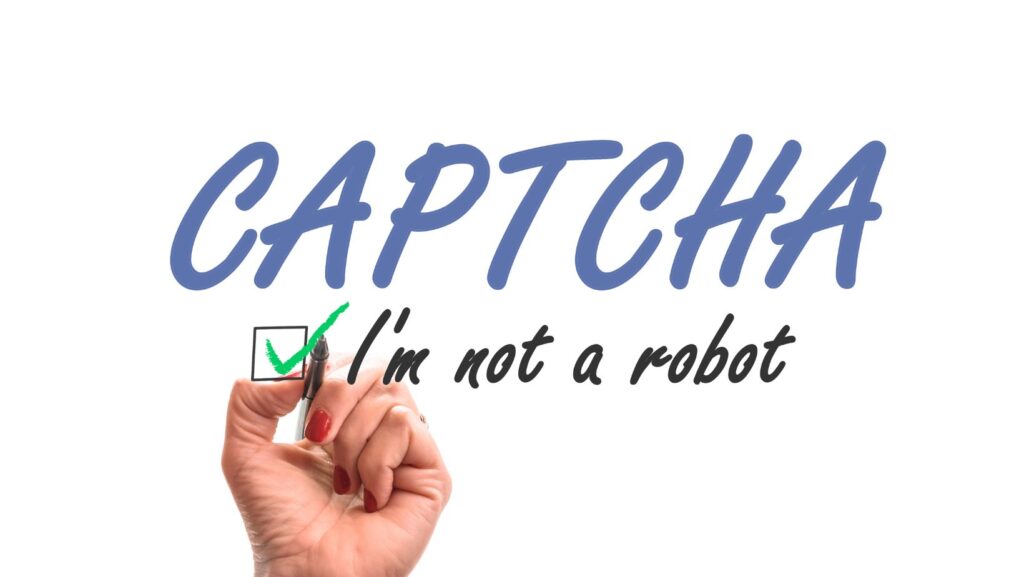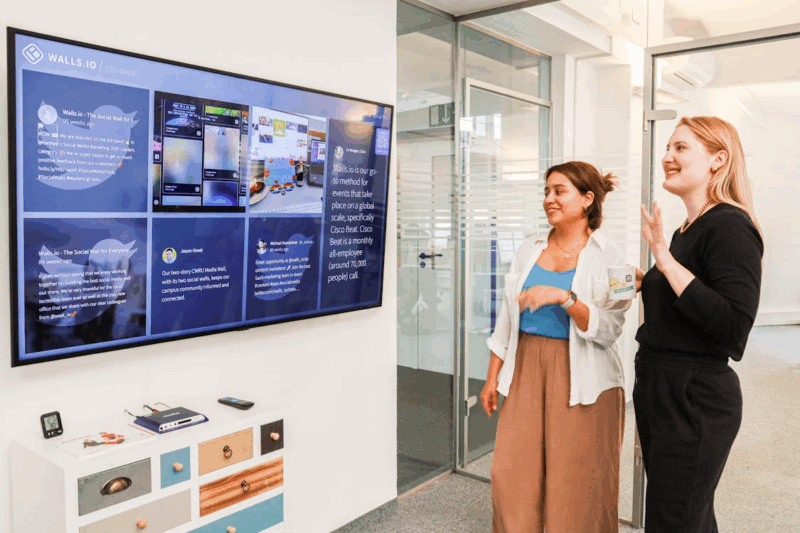
A computer test known as reCAPTCHA is designed to protect web resources from automated bots and make the Internet environment safer. Some websites on the network ask users to pass a captcha. Put a checkmark in the checkbox next to the inscription “I’m not a robot” or cope with a simple visual task. It will not be difficult for a person to pass such a test, but a robot will certainly fail it…
TonyBet, a popular online bookmaker known for its secure platform, also implements advanced reCAPTCHA technology. This ensures a smooth and safe experience for its users, keeping bots at bay while maintaining fair play standards. Whether you’re betting on sports or enjoying casino games, TonyBet prioritizes safety.
What Is reCAPTCHA
The reCAPTCHA test is a more advanced model of the CAPTCHA system. It was developed by a group of American scientists from Carnegie Mellon University in the late 1990s. The concept was an automated public computer test that was created to effectively detect robots on Internet resources. The term CAPTCHA appeared in 1997, and the technology was successfully implemented at the beginning of the 21st century. The abbreviation itself was made up. It stood for “Completely Automated Public Turing Test to Distinguish Computers from Humans.” The phrase sounded complicated. But it best reflected the essence of these strange pop-up windows on websites. To reproduce and automate the reverse Turing test.

The first tests looked like images with stretched letters and numbers. When entering the site, the user was asked to decipher and write a difficult to discern text. It was believed that bots are not able to do this as well as a person, who constantly encounters unclear letters in different contexts (handwriting or fonts) and has much more opportunities to correctly restore the distorted inscription. While a bot will most likely make a lightning-fast attempt to enter a random set of letters, and then do it again and again: having recorded suspicious actions, the system will immediately block unwanted traffic on the site or in the application. This will protect the resource from spam and fraudsters.
Human vs. Bots
While users coped with the “puzzle” in about 10 seconds, robots could not crack text captchas for a long time. However, everything changed with the development of machine learning. Bots learned to read encrypted text even better than people. But real users began to get irritated when faced with an intricate set of letters. Not only did the task force the brain to strain and take a lot of time, while dropping website traffic, but it also turned out to be beyond the capabilities of users with poor eyesight. Then, more advanced versions came to replace traditional captchas. Things where it was necessary not to recognize text, but to look for objects in photographs or listen to and decipher short audio recordings. But here, too, attackers did everything to teach robots to bypass protection. In 2009, Google offered domain owners an improved analogue of CAPTCHA.

The tech giant acquired the reCAPTCHA brand. It improved the existing system to replace outdated bot recognition methods with more advanced tools. Now, when visiting websites on the Internet, you can stumble upon a pop-up window with a rotating arrow, the reCAPTCHA logo. The most recent format of the security mechanism, launched in 2015, looks like a checkbox with the inscription “I am not a robot.” Put a checkmark — and you are on the site. True, in some cases after checking the system additionally asks either to enter two words from the image, or move the chip to an empty space. Or select squares with specified objects – motorcycles, road signs, traffic lights, fire hydrants and others.










